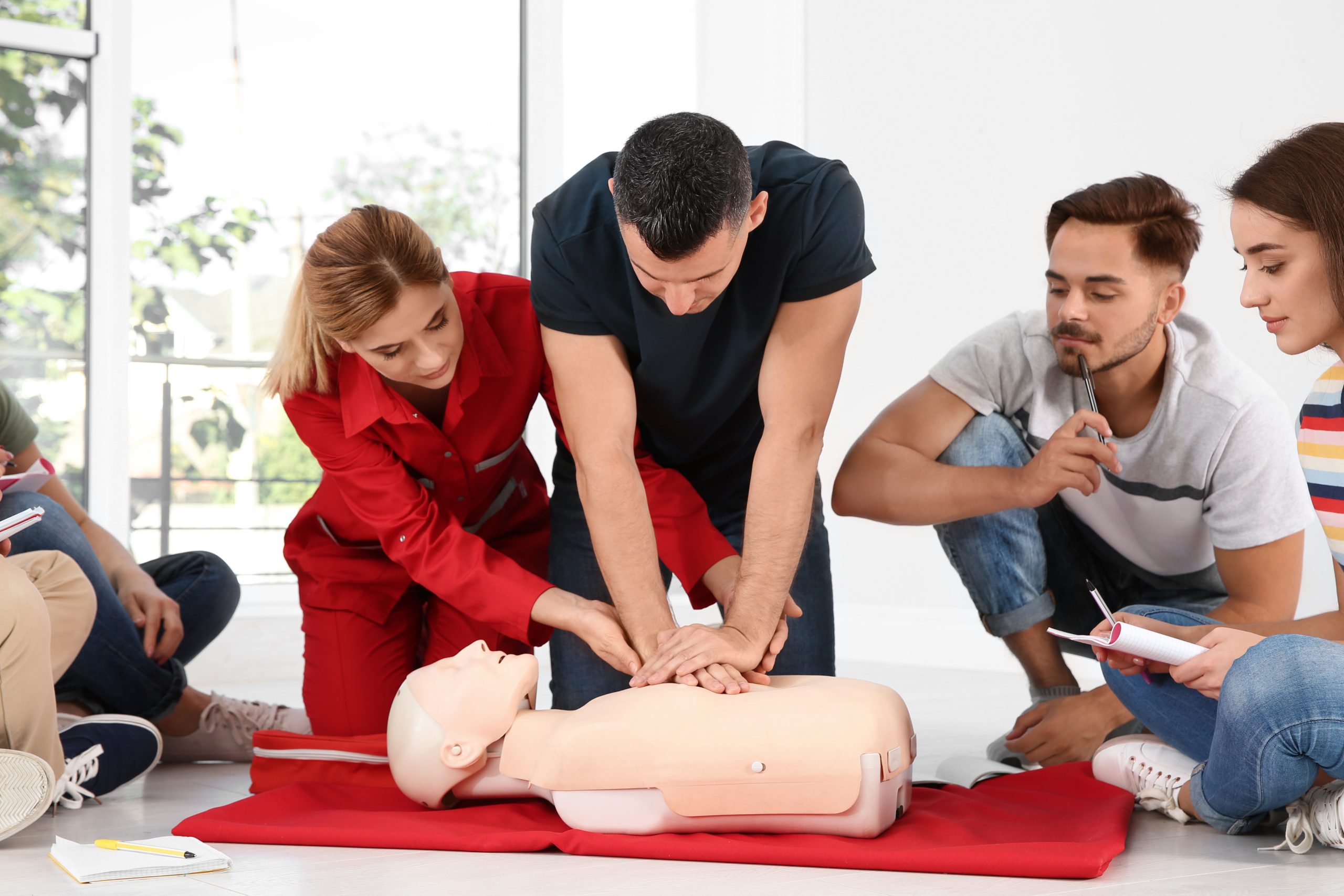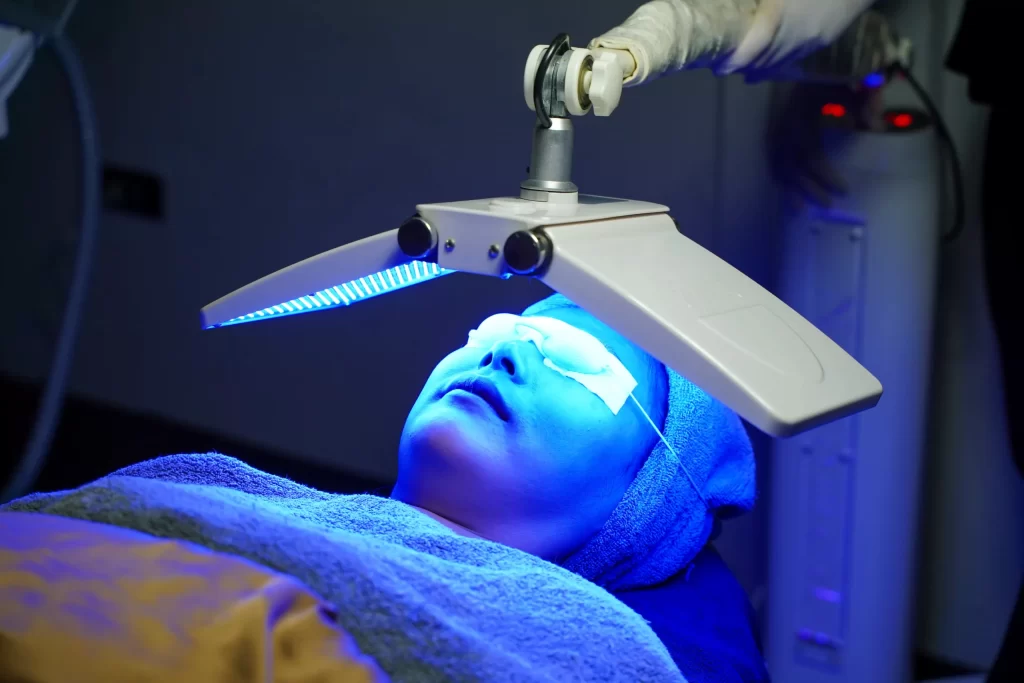
Learning CPR: Essential Skills for Helping Adults, Children, and Babies
In moments of crisis, a few quick actions can mean the difference between life and loss. Cardiopulmonary Resuscitation, commonly known as CPR, is one of the most vital emergency skills anyone can learn. It empowers people to step in with confidence and care when someone’s heart or breathing stops, whether it’s a loved one, a friend, or even a stranger in need.
At Tempo of Life, we believe that learning CPR isn’t just about technique, it’s about compassion, community safety, and being prepared to make a real difference when every second counts.
Why Learning CPR Matters
Emergencies can happen anywhere, at home, in a classroom, or even while running errands. In such moments, medical professionals may not arrive immediately. Knowing CPR allows you to sustain someone’s circulation and oxygen flow until help arrives, dramatically increasing their chances of survival.
Studies show that early intervention with CPR can double or triple survival rates in cardiac arrest cases. This simple yet powerful skill bridges the gap between the onset of an emergency and professional medical care.
By choosing to learn CPR, you’re not just gaining a life-saving ability, you’re taking a meaningful step toward building a stronger and more resilient community.
Understanding CPR for Different Age Groups
Every life stage requires a slightly different approach to CPR. While the goal remains the same to restore blood flow and breathing, the methods vary for adults, children, and babies due to their anatomical differences.
CPR for Adults
When an adult collapses and shows no signs of breathing, begin chest compressions immediately. Place the heel of one hand on the center of the chest, put your other hand on top, and press down hard and fast about two inches deep at a rate of 100 to 120 compressions per minute. If trained, alternate between 30 compressions and 2 rescue breaths.
CPR for Children
Children need a gentler approach. Use one hand instead of two, pressing down about 2 inches into the chest. Because a child’s airway is smaller, it’s important to tilt the head slightly back before giving breaths. Always ensure that compressions are firm but controlled.
CPR for Babies
Infant CPR requires extra care. Use two fingers instead of your whole hand, pressing down about 1.5 inches in the center of the chest. When giving rescue breaths, cover the baby’s mouth and nose with your mouth, delivering gentle puffs of air. The key is to be calm, precise, and mindful of their fragility.
Learning these variations through Professional CPR Training in Grants, NM ensures that you understand the techniques deeply and can apply them correctly when it matters most.
Hands-Only CPR: A Simple and Effective Method
For bystanders who may feel hesitant about performing mouth-to-mouth resuscitation, Hands-Only CPR offers a straightforward and effective alternative. It involves two key steps:
- Call 911 immediately.
- Push hard and fast in the center of the chest at least 100 compressions per minute.
This method is especially useful for adult cardiac arrest in public settings. Research shows that Hands-Only CPR can be just as effective as traditional CPR in many situations, especially when initiated quickly.
Hands-Only CPR is easy to learn and remember, which is why Tempo of Life’s CPR training programs include practical, hands-on sessions designed to build confidence and readiness in real-life scenarios.
The Importance of Professional CPR Training and Certification
While online videos can offer a basic introduction, nothing compares to the experience of practicing CPR under professional guidance. Professional CPR Training in Grants, NM provides a safe, supportive environment where you can practice chest compressions, use training manikins, and receive real-time feedback from certified instructors.
Earning a CPR Certification in Grants, NM not only boosts your confidence but also ensures that you meet workplace, healthcare, or community standards. Whether you’re a healthcare professional, teacher, coach, or parent, certification helps you stay prepared for emergencies wherever you are.
Tempo of Life’s certified CPR instructors are committed to helping individuals and organizations gain the knowledge and skills to act decisively during emergencies. Through interactive sessions and personalized instruction, we make learning CPR both accessible and empowering.
CPR and Community: Creating a Culture of Care
When more people know CPR, communities become safer and more connected. Each person trained represents another potential life saved. Encouraging friends, family members, and coworkers to learn CPR creates a ripple effect of preparedness and compassion.
At Tempo of Life, our mission extends beyond education. We’re here to inspire confidence and unity in every heartbeat. By learning CPR, you become part of a growing movement that values readiness, empathy, and action in moments that truly matter.
Final Thoughts
Learning CPR is one of the most meaningful commitments you can make to your community. It’s a skill rooted in care, courage, and connection. With Professional CPR Training in Grants, NM, you gain not only the technical knowledge to save lives but also the confidence to act with compassion under pressure.
At Tempo of Life, we’re here to help you learn, grow, and make a difference because every heartbeat counts and every action matters.
FAQs
- How long does CPR certification last?
Most CPR certifications are valid for two years. After that, you’ll need a refresher course to stay current with the latest guidelines and techniques. - Can anyone learn CPR, or is it only for healthcare workers?
Absolutely anyone can learn CPR. In fact, community members, teachers, parents, and even teenagers are encouraged to take CPR training to help in emergencies. - What’s the difference between Hands-Only CPR and traditional CPR?
Hands-Only CPR focuses on chest compressions without rescue breaths, while traditional CPR includes both compressions and breaths. Both methods can save lives depending on the situation. - Is CPR safe to perform on children and babies?
Yes, but the techniques are modified for safety. During infant and child CPR, compressions are gentler and breaths are delivered softly to avoid injury. - Where can I get CPR Certification in Grants, NM?
You can complete your Professional CPR Training and Certification through Tempo of Life in Grants, NM. Our certified instructors provide supportive, hands-on sessions that equip you with the confidence and skills to act quickly in emergencies.






